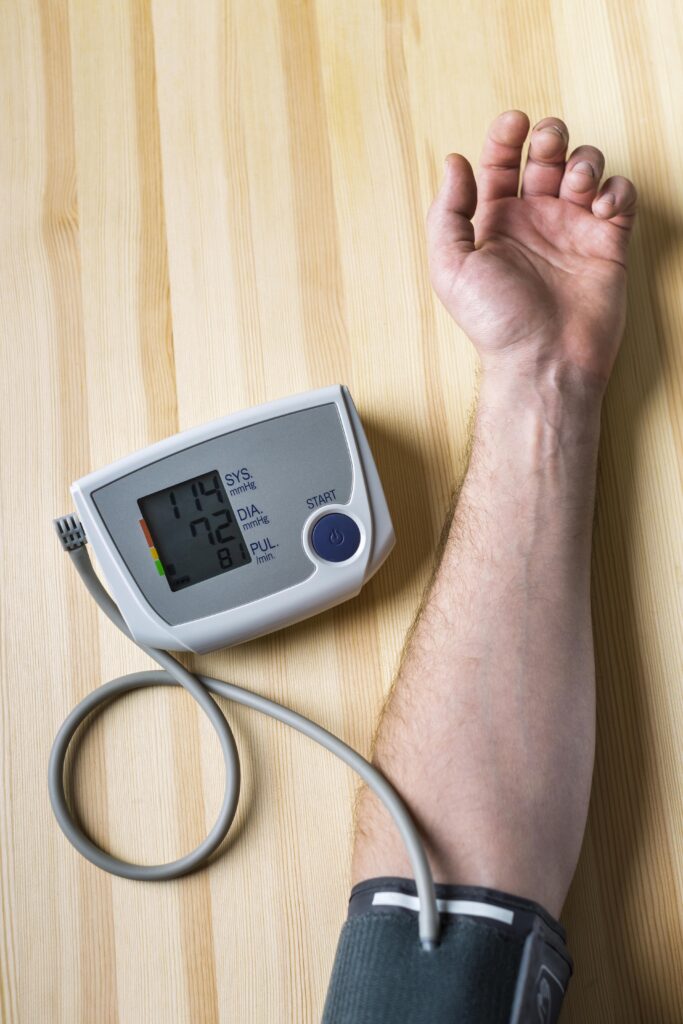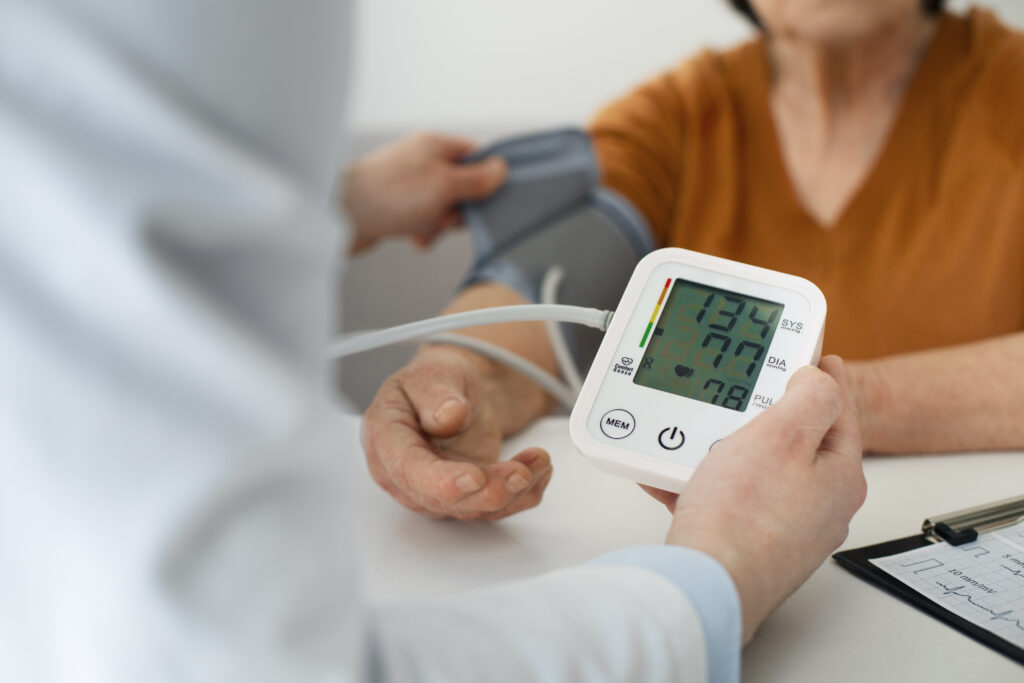Migraines are more than just a bad headache—they’re a debilitating neurological condition that affects millions of people worldwide. Whether you’re suffering from occasional episodes or chronic attacks, understanding the condition can make a world of difference in managing it. In this comprehensive guide, we’ll explore everything you need to know about this condition, from symptoms and triggers to treatments and relief strategies.

Table of Contents
What is a Migraine?
Migraine neurological condition causes severe, pulsating head pain, typically affecting one side of the head. It’s usually accompanied by a range of symptoms such as nausea, sensitivity to light and sound, and in some cases, visual disturbances known as aura. It can last anywhere from a few hours to several days and is often severe enough to interfere with daily activities.
Types of Migraines
Understanding the type you have is crucial for effective treatment. Common types include:
Type without aura: The most common form, involving moderate to severe head pain without warning signs.
Type with aura: Includes visual or sensory disturbances before the headache begins.
Chronic form: Defined as experiencing headaches on 15 or more days each month, with related symptoms present on at least 8 of those days.
Common Symptoms
Symptoms can vary but commonly include:
- Intense, rhythmic head pain that usually affects only one side of the head.
- Nausea and vomiting
- Sensitivity to light (photophobia) and sound (phonophobia)
- Changes in vision, known as migraine aura, which may include flashing lights, blind spots, or shimmering patterns.
- Fatigue or confusion
- Dizziness
Some people experience early warning signs in the prodrome phase such as mood changes, food cravings, or frequent yawning.
Recognizing a Migraine Aura
It usually occurs 20-60 minutes before the headache and may include:
- Zigzag lines or flashes of light
- Temporary loss of vision
- A sensation of tingling or loss of feeling, typically affecting one side of the body.
- Difficulty speaking
Not everyone who suffers experiences auras, but for those who do, they can serve as a valuable early warning.
Top Triggers
Recognizing and steering clear of triggers is essential for lowering the frequency. Common triggers include:
- Stress
- Hormonal changes (especially in women)
- Dehydration
- Sleep disturbances
- Skipping meals
- Weather changes
- Strong smells or bright lights
Some foods—such as aged cheese, chocolate, MSG, and alcohol—are common triggers.
Maintaining a journal can be helpful in identifying which specific triggers affect you.
How It Affects Women Differently
It is more common in women than in men due to hormone level.
Menstrual migraines are linked to drops in estrogen.
It’s patterns may improve or worsen during pregnancy and menopause.
Doctors often recommend tracking episodes throughout your cycle to tailor treatment effectively.
When to See a Doctor

Seek medical advice if:
Headaches are frequent, severe, or different from your usual pattern
Over-the-counter treatments are no longer effective
You experience neurological symptoms like vision loss or speech difficulty
A diagnosis is typically made based on history and symptoms, but imaging like MRIs or CT scans may be used to rule out other conditions.
Migraine Drugs: Pharmacology Overview
Treatment typically involves two main categories of drugs:
1. Acute (Abortive) Treatments
These are used during a migraine attack to stop or reduce the pain and symptoms.
a. Analgesics (Pain Relievers)
- Examples: Paracetamol (acetaminophen), NSAIDs (ibuprofen, aspirin, naproxen)
- Mechanism: Inhibit prostaglandin synthesis to reduce inflammation and pain.
- Use: Mild to moderate migraines.
b. Triptans
- Examples: Sumatriptan, Rizatriptan, Zolmitriptan
- Mechanism: 5-HT<sub>1B/1D</sub> receptor agonists. They constrict cranial blood vessels and inhibit neuropeptide release.
- Use: Moderate to severe migraines, especially with aura.
- Note: Should not be used in patients with cardiovascular disease.
c. Ergot Alkaloids
- Examples: Ergotamine, Dihydroergotamine (DHE)
- Mechanism: Non-selective serotonin receptor agonists; vasoconstrictive effects.
- Use: Less commonly used now due to side effects and limited efficacy compared to triptans.
- Warning: Can cause rebound headaches and vasospasm.
d. Anti-emetics
- Examples: Metoclopramide, Domperidone
- Mechanism: Dopamine antagonists that enhance gastric motility and reduce nausea.
- Use: Often used alongside other migraine treatments to control nausea and vomiting.
2. Preventive (Prophylactic) Treatments
These are taken regularly to reduce the frequency and severity of migraine attacks.
a. Beta-blockers
- Examples: Propranolol, Metoprolol
- Mechanism: Unknown in migraine, but may involve modulation of vascular tone or central adrenergic activity.
- Use: Common first-line preventives.
b. Calcium Channel Blockers
- Example: Verapamil
- Mechanism: Modulate cerebral vascular tone and neurotransmitter release.
- Use: Less common but may help, especially for migraine with aura.
c. Antidepressants
- Examples: Amitriptyline (TCA), Venlafaxine (SNRI)
- Mechanism: Likely related to modulation of serotonin and norepinephrine in pain pathways.
- Use: Helpful when migraines coexist with depression or insomnia.
d. Anti-seizure Medications
- Examples: Topiramate, Valproic acid
- Mechanism: Stabilize neuronal activity and inhibit cortical spreading depression.
- Use: Effective for many patients, but can have cognitive or weight-related side effects.
e. CGRP Inhibitors (new class)
- Examples: Erenumab, Fremanezumab, Galcanezumab
- Mechanism: Block calcitonin gene-related peptide (CGRP) or its receptor, which plays a key role in migraine pathophysiology.
- Use: For patients with frequent or chronic migraines who haven’t responded to other preventives.
Summary Table
| Drug Class | Example | Use | Key Mechanism |
|---|---|---|---|
| Analgesics | Ibuprofen | Acute | Prostaglandin inhibition |
| Triptans | Sumatriptan | Acute | 5-HT<sub>1B/1D</sub> agonism |
| Ergot Alkaloids | DHE | Acute | Non-selective 5-HT agonism |
| Anti-emetics | Metoclopramide | Acute (supportive) | Dopamine antagonism |
| Beta-blockers | Propranolol | Preventive | Unknown (vascular tone modulation) |
| Antidepressants | Amitriptyline | Preventive | Serotonin/norepinephrine modulation |
| Anti-epileptics | Topiramate | Preventive | Neuronal stabilization |
| CGRP inhibitors | Erenumab | Preventive | CGRP receptor antagonism |
Always consult a healthcare provider to find the most appropriate treatment plan.
Natural Remedies and Relief at Home
In addition to medications, these natural approaches can offer relief:

- Cold compresses on the forehead
- Resting in a dark, quiet room
- Hydration with electrolytes
- Magnesium, riboflavin, and CoQ10 supplements
- Essential oils like peppermint or lavender
- Mindfulness, yoga, and acupuncture
- Lifestyle Changes for Migraine Prevention
- Adopting healthier habits can significantly reduce migraine frequency:
- Stick to a consistent sleep schedule
- Eat regular, balanced meals
- Stay hydrated
- Manage stress through exercise or meditation
- Avoid known triggers
- Even simple changes like reducing screen time can make a big difference.
Migraines in Children
Children can suffer from migraines too, though symptoms may look different:
Shorter duration
Abdominal pain
Behavioral changes
Pediatricians can suggest safe medication and non-drug strategies for relief.
Managing Your Migraine: Realistic Strategies
Managing requires more than just medication. Try:
- Keeping a migraine diary
- Using tracking apps
- Adjusting your work/school environment
- Seeking support groups or counseling
- Taking a holistic view of management can improve both physical and mental well-being.
Difference Between Migraine And Headache
The main difference between a migraine and a headache lies in their cause, intensity, symptoms, and duration. Here’s a clear comparison:
1. Cause
- Headache: Often caused by stress, tension, dehydration, or lack of sleep. It’s typically due to muscle tension or vascular issues.
- Migraine: A neurological condition with complex causes, including genetic, hormonal, and environmental factors. Triggers can include certain foods, stress, hormones, and sensory stimuli.
2. Pain Intensity and Type
- Headache: Usually mild to moderate pressure or aching, often on both sides of the head.
- Migraine: Moderate to severe throbbing or pulsating pain, often on one side of the head.
3. Additional Symptoms
- Headache: Typically does not involve other symptoms.
- Migraine: Often comes with nausea, vomiting, light and sound sensitivity, visual disturbances (called migraine aura), and sometimes dizziness or tingling.
4. Duration
- Headache: Can last from 30 minutes to a few hours.
- Migraine: Can last 4 to 72 hours and may occur in phases (prodrome, aura, attack, postdrome).
5. Impact on Daily Life
- Headache: Usually doesn’t interfere significantly with daily activities.
- Migraine: Can be debilitating, making it hard to function normally during an attack.
In summary:
All migraines are headaches, but not all headaches are migraines. Migraines are a specific type of headache disorder with distinct and often more severe symptoms.
Other Headaches
- Tension-Type Headaches
– The most common type of headache, often confused with it. - Cluster Headaches
– Extremely painful headaches occurring in cyclical patterns or clusters. - Sinus Headaches
– Headaches caused by sinus infections, often mistaken for it. - Medication Overuse Headache (Rebound Headache)
– Headaches caused by frequent use of painkillers, common in chronic migraine sufferers. - Vestibular Migraine
– A type of migraine associated with vertigo and balance disturbances. - Ocular or Retinal Migraine
– A rare form involving temporary visual loss or blindness in one eye. - Cervicogenic Headache
– Headaches that originate from neck issues, often confused with migraines. - Trigeminal Neuralgia
– A nerve disorder that causes intense facial pain, sometimes coexisting with migraines. - Hormonal Headaches
– Migraines linked to hormonal changes such as menstruation, pregnancy, or menopause. - Post-Traumatic Headache
– Headaches that follow a head injury or concussion. - Chronic Daily Headache
– Headaches that occur 15 or more days per month, including chronic migraine. - Stress-Related Headaches
– Exploring how emotional and physical stress can trigger migraine attacks. - Temporomandibular Joint (TMJ) Disorders and Headaches
– Jaw disorders that may cause or worsen migraine-like headaches. - Neurological Causes of Headache
– Tumors, infections, or vascular conditions that present as recurrent headaches. - Diet and Headache Connection
– How certain foods and drinks trigger or relieve headaches and migraines.
Frequently Asked Questions
Can it be cured?No cure exists, but with proper care, they can be managed effectively.
Are migraines genetic?Yes, family history is a strong risk factor.
Can migraine aura be dangerous?While typically harmless, any new or unusual aura symptoms should be evaluated.
What’s the best medication? There isn’t a single solution that works for everyone; the best approach depends on your specific symptoms, how often migraines occur, and your medical background.
Conclusion:
Take Control of Your Condition
It can be incredibly disruptive, but the good news is—they are manageable. By understanding you symptoms, recognizing aura, avoiding triggers, and finding the right medication, you can take control of your condition. Combine this with lifestyle changes and natural remedies, and you’ll be well on your way to lasting relief.
Don’t suffer in silence—track your symptoms, talk to your doctor, and take the first step toward a pain-free future.


